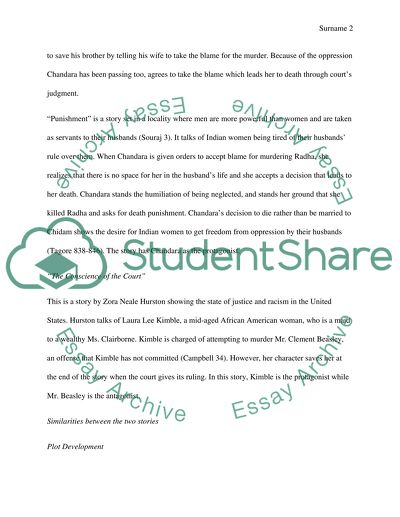Cite this document
(“Punishment by Rabindranath Tagore and The Conscience of the Court by Research Paper”, n.d.)
Retrieved from https://studentshare.org/literature/1486935-punishment-by-rabindranath-tagore-and-the-conscience-of-the-court-by-zora-neale-hurston
Retrieved from https://studentshare.org/literature/1486935-punishment-by-rabindranath-tagore-and-the-conscience-of-the-court-by-zora-neale-hurston
(Punishment by Rabindranath Tagore and The Conscience of the Court by Research Paper)
https://studentshare.org/literature/1486935-punishment-by-rabindranath-tagore-and-the-conscience-of-the-court-by-zora-neale-hurston.
https://studentshare.org/literature/1486935-punishment-by-rabindranath-tagore-and-the-conscience-of-the-court-by-zora-neale-hurston.
“Punishment by Rabindranath Tagore and The Conscience of the Court by Research Paper”, n.d. https://studentshare.org/literature/1486935-punishment-by-rabindranath-tagore-and-the-conscience-of-the-court-by-zora-neale-hurston.


